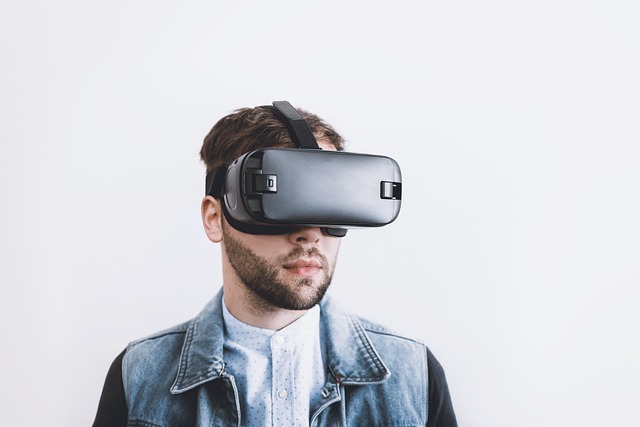Simulation refers to the imitation of real-world activities and processes in a safe environment. Simulations aim to provide an experience as close to the ‘real thing’ as possible; however, a simulated activity has the advantage of allowing learners to ‘reset’ the scenario and try alternative strategies and approaches. This allows learners to develop experience of specific situations by applying their wider learning and knowledge.
The approach is frequently used in disciplines where students need to develop skills and experience, but safety issues or cost considerations prevent this happening in the real-world. For example, medical simulators allow students to practice diagnosis and treatment on dummies that can react in sophisticated and realistic ways; whereas trainee pilots (and aeronautical engineering students) use flight simulators to learn how an aircraft would react in a variety of conditions without ever leaving the ground. However, while the use of simulation is obvious and well established in these areas, it does exist in others, such as the ‘moot’ or simulated courtroom in Law, and could be applied in still more. In some disciplines, the difference between a simulation and a role-play exercise may be negligible, particularly where the exercise is focused on interactions between people.
How it Works

Simulation is a very general and flexible teaching approach that can be used in most disciplines, but this means that how it is implemented will vary greatly. The key to simulation is that it is a dynamic rather than fixed experience, with the scenario changing realistically according to the actions of the participants and the participants adapting because of changes to the scenario – in a sense, a simulation is a mechanism for learners to obtain real-time feedback on their actions. For example, an exercise for software engineering students could involve the creation of a piece of software or system according to a realistic design specification, with changes and refinements being requested by the client (played by the tutor) during the process. This would accurately model the real-world environment the students are likely to work in, where clients change their requirements and priorities during a project due to complex factors. A similar exercise would also work well in other disciplines that involve the creation of artefacts for clients, such as graphic design, architecture, contract law, etc. For a simulation exercise to be successful, it is essential that the scenario reflect actual practice and genuine situations as closely as possible. Therefore, an exercise for journalism students might be write a blog article or web page for a breaking story, using social media to conduct some of the research – reflecting the types of activities and tools encountered by professional journalists today.
The approach is often used in ‘real-time,’ with participants fully immersed in the scenario for a period. However, it is possible to slow down or speed up the scenario, if appropriate. This could happen in situations where a series of decisions need to be made rapidly and the students need to be given time to contemplate each decision, or where a slow process is being simulated and there would be lots of time waiting for the effects of each decision to appear. Being able to adjust the timescale of the simulation allows students to make more considered decisions, reflect on their choices and analyse the results in greater detail than would be possible in a fast, real-time situation.
Possible Technologies to Support the Approach
The tools and technologies that would be suitable for a simulation exercise strongly depend on the situation or scenario that is being simulated. As the goal is to model the real-world as closely as possible it may be necessary to have specialist equipment and spaces available, but many situations may not require anything other than the software and other tools that students are already using. Where students are using standard software packages as part of the simulation, screen recording software provides a mechanism to capture the details of how they approached the scenario. These recordings could be submitted by the student as part of an assessment or used as the basis for reflection on their approach prior to re-running the simulated scenario.

In addition to enabling students to develop experience in dangerous, expensive, and rare situations, simulations using technology can provide a way to relieve pressure on resources. For example, the forensic science department at SHU makes use of simulated crime scenes in the ‘Forensic House’ on the main campus, however the physical constraints mean that only a handful of students can be in the space at the same time and the time to ‘reset’ the simulation between students is quite high. A mobile app was created that allows anyone to work through different scenarios at any time, allowing the students to gain experience in investigating a realistic crime scene when and where it suits them. Apps such as this require a significant amount of development, however they provide an engaging and immersive experience for the students and there may already be freely available examples in the Apple and Android app stores that could be used rather than creating a new one.
Getting Started
If you are interested in trying out Simulation, there are a few practical questions that you should answer:
- Where in the course/module would this approach work best?
- What situations would the student benefit from being able to explore in a controlled environment?
- What timescale should be used? Real-time? Faster? Slower?
- How much technology should be involved? Which tools are most suited? What support would be needed?
- Are the students (and other tutors) ready for this?
Having thought about these questions, you should have worked out whether Simulation is an approach that makes sense in your context and have some ideas about how to introduce it. If you are still unsure, you could try a small exercise and see how the students respond.